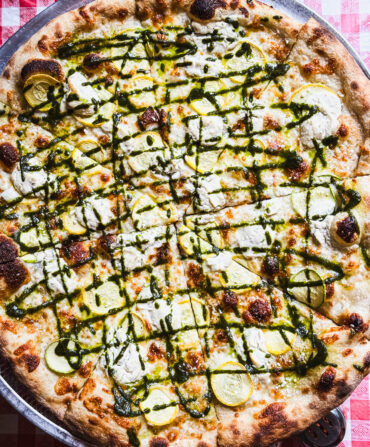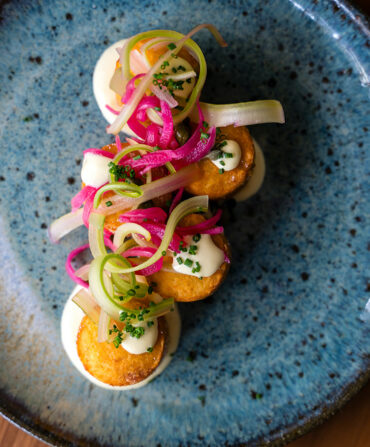Bulbous and covered in long, thin spines, the Desert Spoon plant isn’t particularly appetizing to look at. It resembles a giant sea urchin that’s found its way to the sparse landscape of northern Mexico and West Texas, where it grows wild. But as Mike Groener, the co-owner of the Austin distillery Genius Liquids, found last year, looks can be deceiving.
For centuries, indigenous peoples in Mexico and the Southwest have been fermenting and distilling the core of the Desert Spoon to make sotol, a grassy, slightly nutty spirit that is gaining ground in bars across the South as an alternative to tequila and mezcal. South-of-the-border imports include Sotol por Siempre and Hacienda de Chihuahua. But while tequila and mezcal can by law only be made in Mexico, sotol can be produced anywhere. So Groener set out to make his own. He found a rancher in western Texas with a large supply of Desert Spoon on his property, and within a few months, his first bottles were flying out the door. “We did two batches at eighty dollars a pop, and they sold out in two weeks,” he says. “It was insane.”
Sotol bears a clear resemblance to tequila and mezcal, but with an unmistakable earthiness. It’s more herbal than tequila, and softer than many mezcals. But it also has hints of smoke and pepper that mark it as a desert spirit. “It almost splits the difference between the mellowest tequilas and the most far-out vegetal mezcals,” says Justin Elliott, the food and beverage director at the bar Townsend Austin.
Then again, every sotol is different. Whereas tequila and mezcal producers follow strict rules set by the Mexican government, making sotol is more free-form. Distillers can roast the hearts, or piñas, of the plants, as with mezcal, or steam them, as with tequila, to create a range of smoky or bright flavors. They can barrel-age sotol, but usually offer it blanco. And unlike agave, the plant used to make tequila and mezcal, the Desert Spoon is always harvested from the wild, which makes it more sensitive to the land and climate it grows in. “Some sotols present more minerals, others more fruit,” Elliott says. “It presents a terroir that you don’t get out of a lot of spirits.”
Smooth and complex, sotol can be enjoyed on its own, but it’s also robust enough to work in a cocktail. Nick Detrich, a co-owner of Cane & Table in New Orleans, says it blends well in a range of fruit-juice-based drinks. “It has a lot of grassy notes, but also some subtle spice notes, like vanilla and baking spices,” he says. Most recently, Detrich introduced a drink called the Easy Fire, made with sotol, pineapple juice, demerara sugar, and green Chartreuse. At the Townsend, Elliott uses sotol in place of tequila in an El Diablo, a classic though underappreciated cocktail made with ginger beer, lime juice, and crème de cassis that first appeared in the tropical-themed Trader Vic’s Book of Food and Drink, published in 1946. Elliott likes the way sotol’s mineral tinge balances the drink’s sweetness.
Flavor profiles aside, though, Elliott loves sotol because it’s one of North America’s few truly wild and ancient spirits. “You’re taking something that predates white settlement,” he says. “That’s super cool.”









